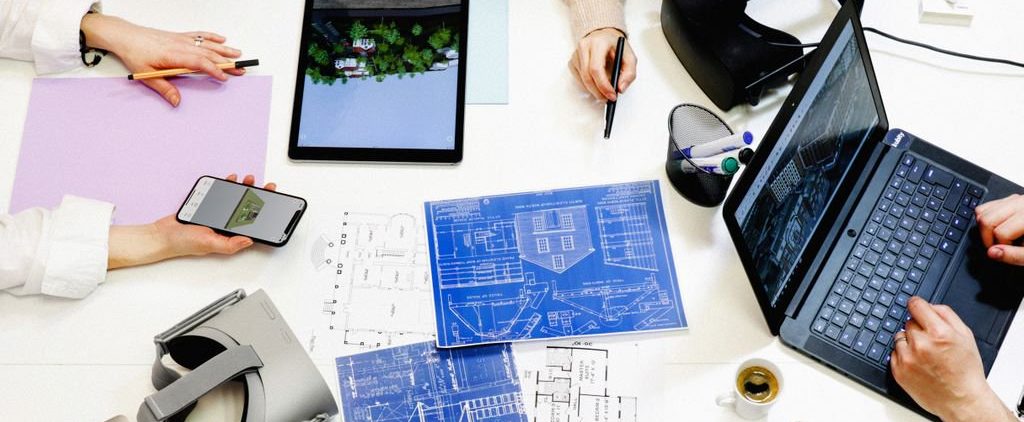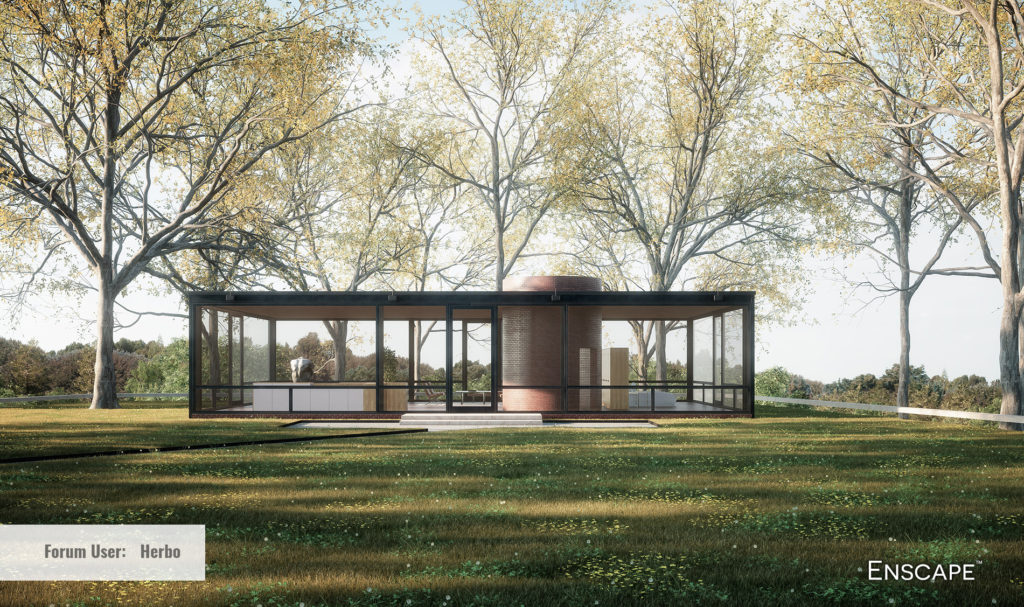Introduction to Augmented, Virtual & Mixed Reality
By David Spergel | BIM, Virtual Reality, Visualization
Augmented reality (AR), virtual reality (VR), and mixed-reality (MR) represent both disruption and an opportunity for people who make things. Using these technologies, you can transform 2D designs into interactive, immersive digital models, giving context to your digital information.
So how does AR, VR & MR work? When do you use these technologies? How are people using it, and what are the benefits?
Read this article to get an introduction to these technologies and find out how it is reshaping the world of design.
How does AR, VR, and MR work?
Augmented Reality
AR adds digital elements to the real world and projects them onto your line of sight. Using AR, workers can view an overlay of 3D models and project information at a job site.
Virtual Reality
VR replaces the real world with a simulated one in 3D. With VR, you can experience a simulation of a factory you’ve designed—with machines running—all before it’s built.
Mixed Reality
MR is a hybrid of virtual reality and augmented reality. Using MR, you can touch a real table and use it as an interface to manipulate a digital model.

When do you use AR, VR & MR?
Conceptual Design
Designing in 3D helps you understand the overall scale, view how design changes in real-time, and experience your design as if it has already been built.
Design Review
Eliminate expensive and time-consuming physical prototypes from the design review process by visualizing at scale in 3D.
Training & Simulation
With VR, users can train in dangerous and complex environments, practicing their skills within the safety of a virtual world.
Immersive Storytelling
AR and VR can help you tell immersive and engaging stories about your design, product, or game. As you market your project, customers can give feedback in real-time.
Remote Systems Control and Analysis
With VR, you can remotely monitor, control, and analyze dangerous or inconveniently located systems from a safe environment.
How are people using AR & VR?
Big data and VR in architecture
Big data is transforming how architects design buildings, but the combined forces of big data and virtual reality will advance the architectural practice by leaps and bounds.
Five ways AR and VR improve reality
Recent technological advances, coupled with a proliferation of affordable hardware and software, have made immersive technologies like AR, VR, and MR more commercially feasible than ever.
Humans and machines unite in the workforce
Learn how the current trends in technology—including VR, AR, and MR—have the potential to create stronger connections between people and machines.

What AR & VR tools do you need?
Enscape integrates seamlessly into your current design program from Revit to Rhinoceros, SketchUp, Archicad, and Vectorworks.
One-click starts Enscape; you are just seconds away from walking through your fully rendered project – no uploading to the cloud or exporting to a separate program. Any changes you make in your CAD program are instantly visible in Enscape.
Fast and Affordable Rendering in No Time
Enscape accelerates your workflows to lightning speeds, thanks to a real-time link and super-fast rendering times. Render in seconds, not hours.
No Training Required
The simplicity of Enscape has made it a favorite for many firms. Enscape doesn’t require any extra training; start it alongside your CAD program and create stunning renderings in a flash.
Efficient Collaboration
Make sure all of your designers are on the same page, especially when a client presentation is in the works. The live updates make it possible to incorporate and visualize client feedback instantly.
Explore your design in the compelling realism of virtual reality. Connect a VR headset like the Oculus Rift S or HTC Vive in a snap and get ready to walk or fly through your project.
With Enscape’s real-time technology, your project is visualized as a fully-rendered 3D walk-through, which can be navigated and explored from every angle, at any time of day.
Summary
More than just cool technologies, augmented reality (AR), virtual reality (VR), and mixed reality (MR) are changing how we design, create and experience everything.
For more information, please reach out to our visualization team at enscape@microsolresources.com.
INDUSTRIES: Architecture, Buildings, Civil Engineering, Civil Infrastructure, Construction, MEP Engineering, Structural Engineering






